Deck & Commander Strategies
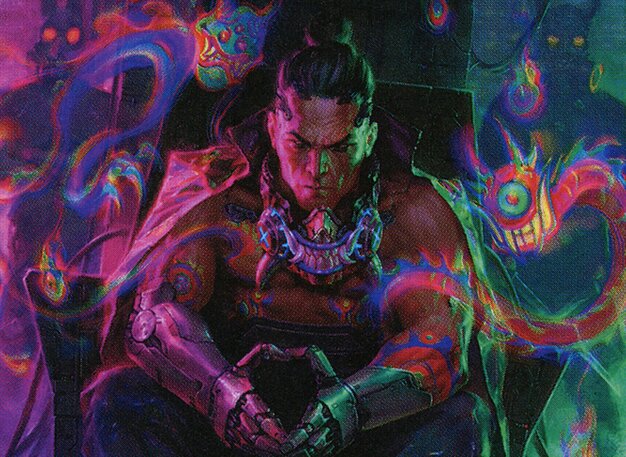
Satoru Umezawa
Utilizes ninjutsu to cheat in unblockable ninjas and apply consistent, evasive damage while disrupting opponents' hands and board states.

Sefris of the Hidden Ways
Focuses on dungeon crawling to gain incremental benefits, using utility creatures and dungeon rewards to outvalue opponents over time.

Morophon, the Boundless
Builds a tribal deck centered around shamans and wizards, leveraging Morophon’s ability to reduce casting costs and double tribal synergies for explosive board development.
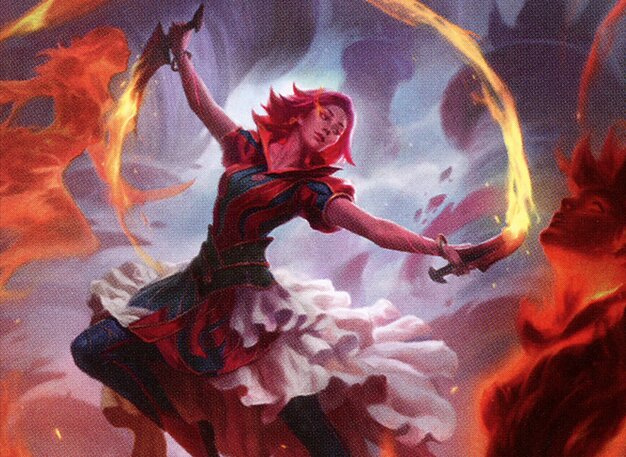
Rionya, Fire Dancer
Combines aggressive burn spells with creature cloning to generate repeated value and apply fast-paced pressure through damage and token production.
Gameplay Insights
- 1
The Satoru player’s use of unblockable creatures with ninjutsu allowed for steady incremental damage and forced opponents to react defensively.
- 2
Morophon’s tribal synergies were amplified by doubling effects, creating threatening board states quickly.
- 3
The dungeon mechanic, while providing consistent value, was outpaced by the faster, more aggressive strategies on the table.
- 4
Hand disruption and exile effects were crucial in limiting opponents’ options and maintaining control of the game tempo.
- 5
Players deliberately avoided basic islands to minimize vulnerability to land destruction spells like Price of Progress, affecting mana base decisions.
Notable Cards
-
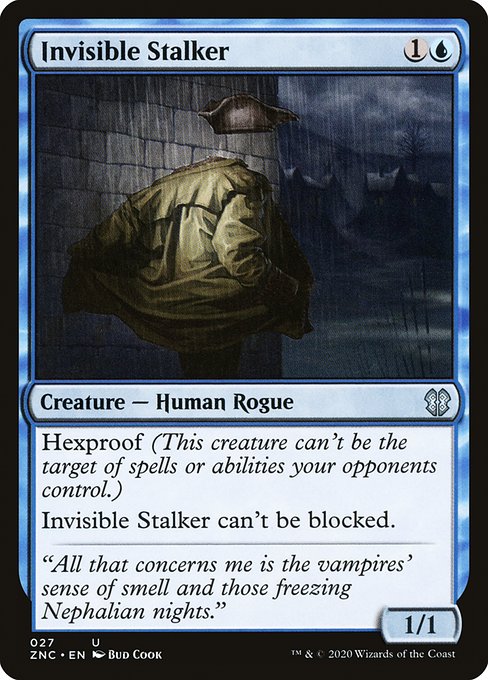
Invisible Stalker
-
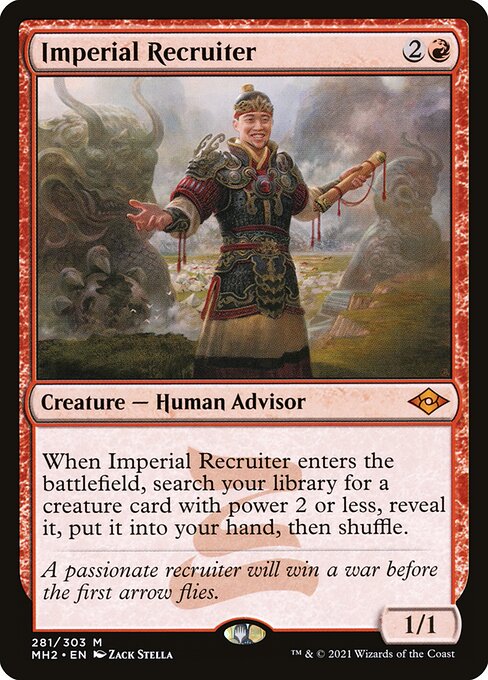
Imperial Recruiter
-
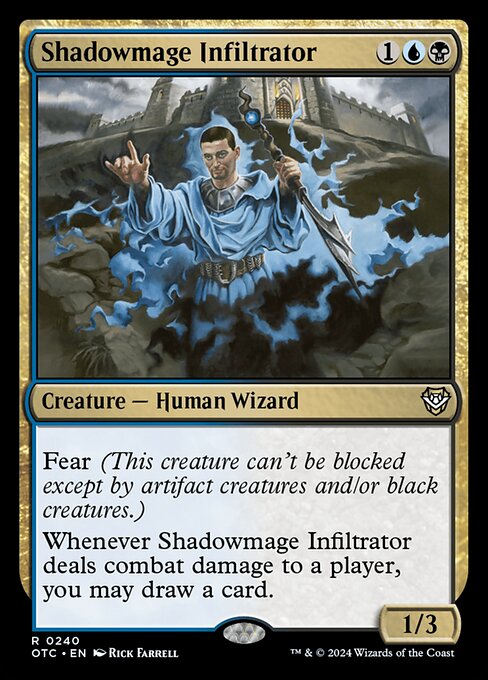
Shadowmage Infiltrator
-

Noxious Gearhulk
-

Blasphemous Act
-

Storm-Kiln Artist
-
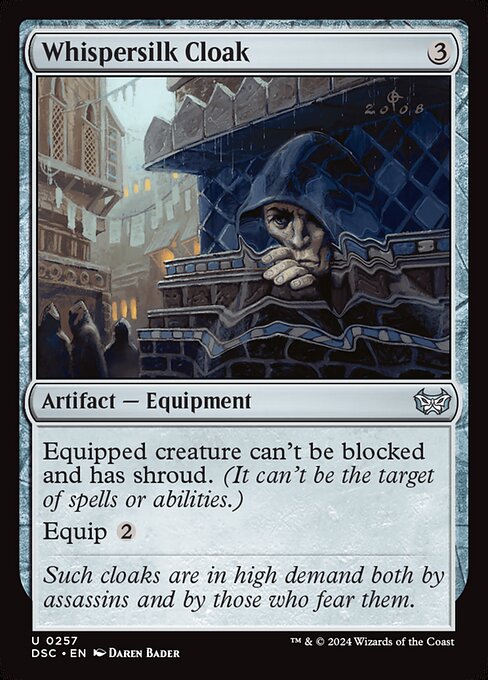
Whispersilk Cloak
Gameplay Summary
The game started with typical early plays including mana ramp and minor creatures, with players setting up their boards cautiously.
The Satoru Umezawa player focused on ninjutsu and unblockable creatures to chip away at opponents' life totals.
The Morophon player leveraged tribal synergies, notably doubling shamans and wizards, to build board presence.
The Rionya deck aimed to capitalize on burn spells and creature cloning, while the Sefris deck ventured into dungeons, gaining incremental advantages from dungeon progress and utility creatures. A key turning point involved aggressive hand disruption and exile effects from the Satoru player, who used unblockable ninjas and removal to control threats and pressure rivals.
The dungeon strategy provided steady value but struggled to keep pace with the tempo and aggression of the ninjas and tribal synergies.
The Morophon player’s tribal boosts and the Rionya player’s burn and cloning combos applied constant pressure, leading to a volatile midgame.
Ultimately, the game concluded when the Satoru player’s ninja evasions and discard disrupted opponents enough to secure victory, with the dungeons deck conceding after being overwhelmed.











































